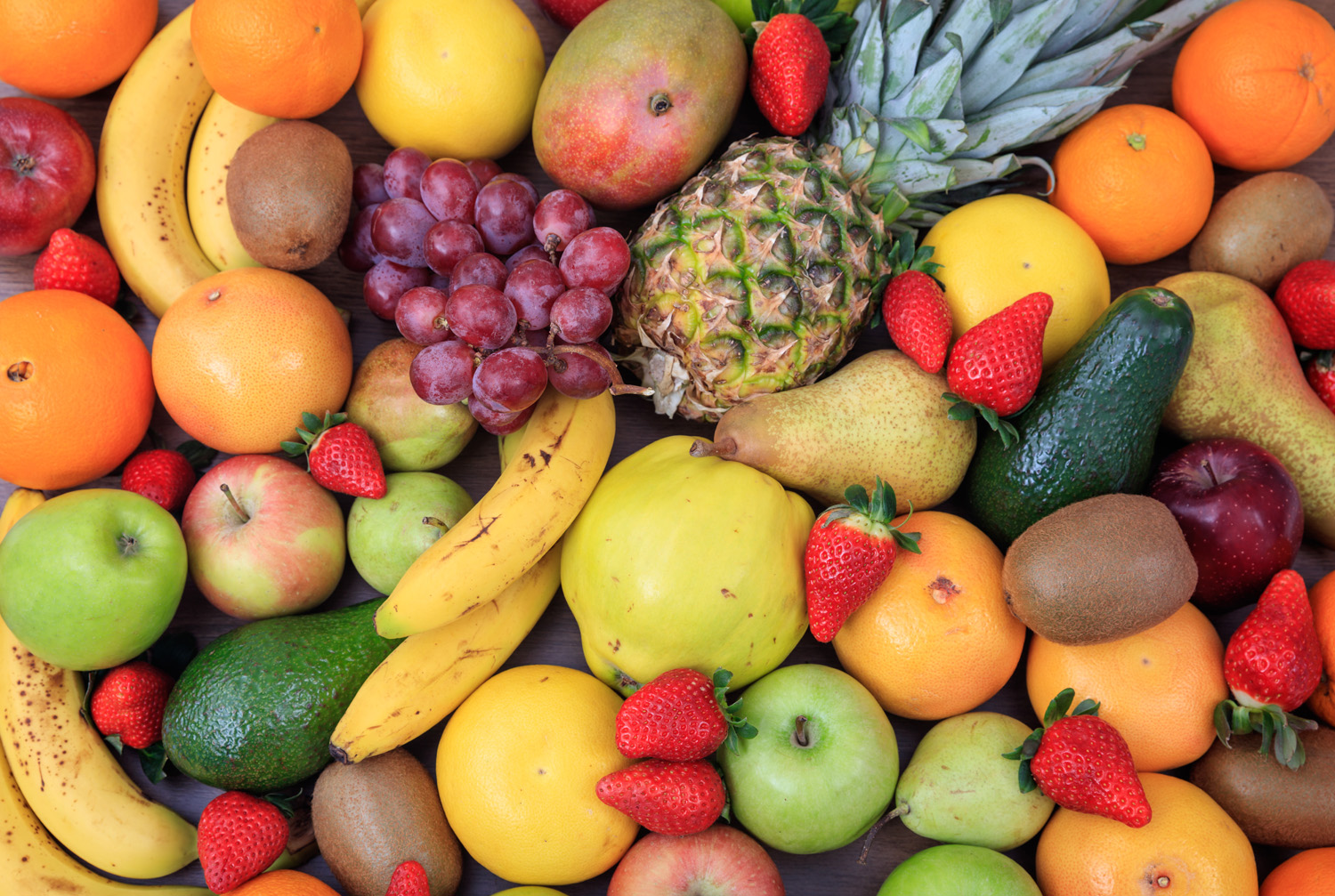
Uganda has fertile soils, favorable climate conditions, and abundant water resources, making it an ideal location for fruit cultivation. To ensure a successful and healthy fruit harvest, farmers must adopt good practices suited to the local environment and available resources.

Choosing the right type of fruit to grow is important. Uganda's climate is suitable for a wide range of fruits, including bananas, mangoes, pineapples, avocados, pawpaws, and citrus fruits.
Factors such as climate, soil type, and market demand should guide this decision. For instance, bananas thrive in regions with ample rainfall, while mangoes prefer drier areas.
Begin by testing the soil to determine its pH, nutrient levels, and texture. Most fruits prefer well-drained, loamy soil with a pH between 5.5 and 7.0. Based on the soil test results, amend the soil with organic matter such as compost or manure to improve its fertility and structure.
Steps for Soil Preparation:
- Clear the land of weeds and debris.
- Till the soil to a depth of about 12 inches to enhance aeration and root penetration.
- Incorporate organic matter to improve soil fertility and water retention.
- Apply recommended fertilizers based on the specific needs of the fruit being cultivated.
Proper planting techniques are important for the healthy growth of fruit plants. Ensure you plant at the right time of the year, typically at the beginning of the rainy season to ensure adequate water supply for young plants.
Consistent and adequate watering is essential, especially during the dry season. Drip irrigation is highly recommended as it provides water directly to the plant roots, minimizing wastage and reducing the risk of fungal diseases.
Fruit crops in Uganda are susceptible to various pests and diseases. Integrated Pest Management (IPM) practices, which combine biological, cultural, and chemical methods, are effective in maintaining plant health.
Regularly inspect plants for signs of pests and diseases. Use resistant fruit varieties and certified disease-free planting materials.I mplement crop rotation and intercropping to reduce pest buildup.
Employ natural predators and biopesticides to control pests. Apply chemical pesticides as a last resort, following recommended guidelines to avoid harming beneficial insects.
Pruning and training fruit plants enhance their structure, improve air circulation, and increase sunlight penetration, all of which are vital for healthy growth and fruit production.
Proper harvesting techniques ensure the quality and shelf life of fruits. Harvest fruits at the right maturity stage, and handle them carefully to avoid bruising.
Use clean, sharp tools to harvest fruits. Sort and grade fruits according to size, color, and quality. Store harvested fruits in a cool, shaded area to prolong freshness.
Growing healthy fruits in Uganda requires a combination of careful planning, good agricultural practices, and diligent management. By selecting suitable fruit varieties, preparing the soil adequately, managing water and pests effectively, and employing proper harvesting techniques, Ugandan farmers can achieve bountiful and healthy fruit yields, contributing to both food security and economic growth.

















